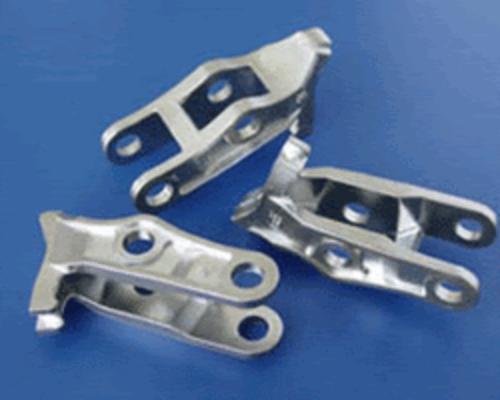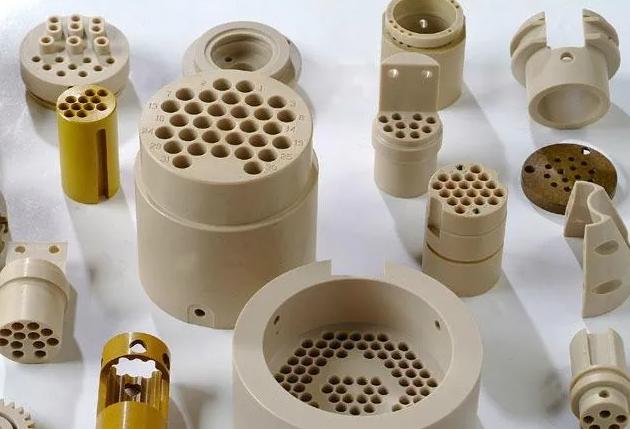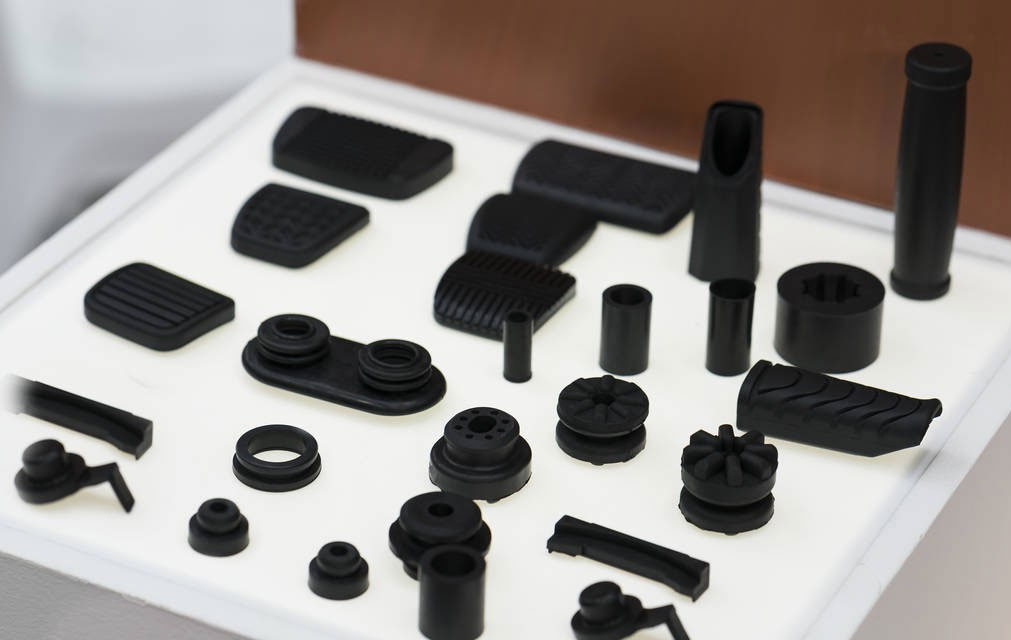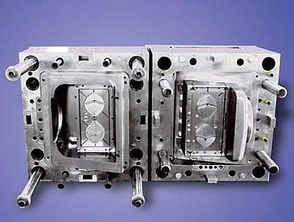Injection Molding is the most common processing method for plastic products. Injection molding is synonymous with high efficiency and mass production. As a user of injection molded parts, have you ever encountered a product defect, etc.? How did such a substandard product come about? What problems should be paid attention to in the process of injection molding to prevent the occurrence of defective products? This article will list in detail the factors that lead to defective products and the solutions. Hope to help you understand more about injection molding technology.
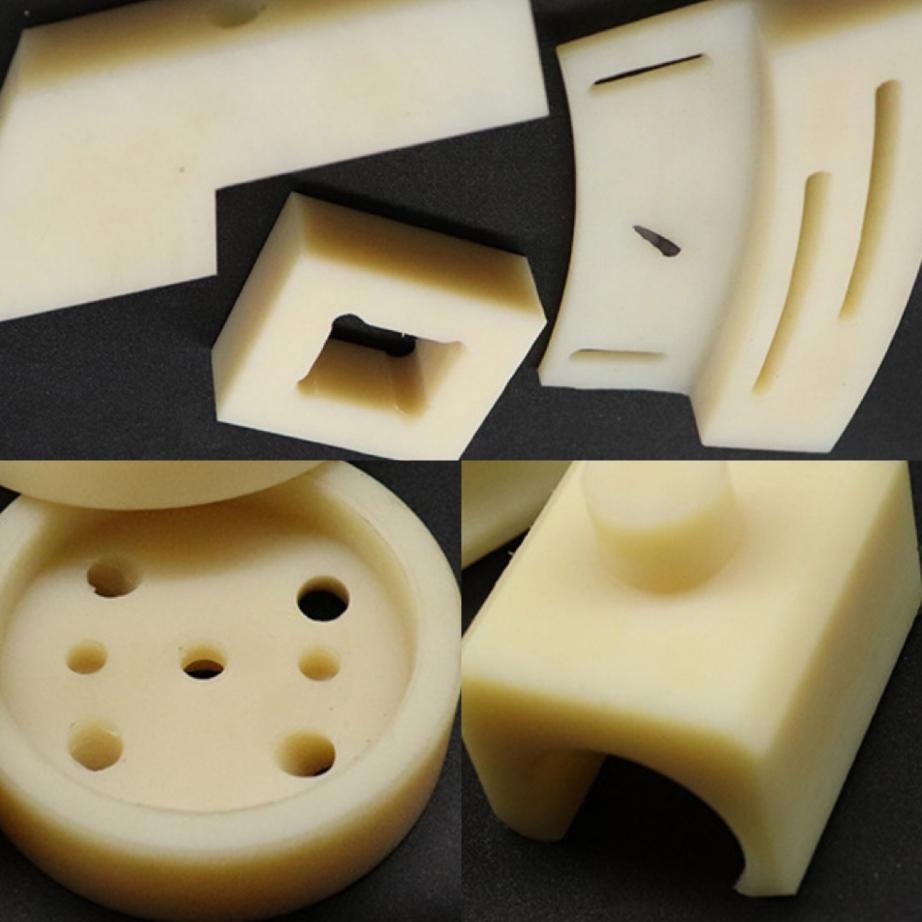
1. Shrinkage during injection molding
The shrinkage that occurs during thermoplastic molding will directly affect the yield of the finished product. The elements that affect thermoplastic molding shrinkage are as follows:
1.1 Plastic varieties during the molding process of thermoplastics, factors such as volume change caused by crystallization, strong internal stress, large residual stress frozen in the plastic part, and strong molecular orientation, so the shrinkage rate is higher than that of thermosetting plastics. Large, wide shrinkage range, obvious directionality, and after molding.
1.2 Characteristics of plastic parts When the molten material contacts the surface of the cavity, the outer layer immediately cools to form a low-density solid shell. Due to the poor thermal conductivity of plastic, the inner layer of the plastic part is slowly cooled to form a high-density solid layer with large shrinkage. Therefore, the wall thickness, slow cooling, and high-density layer thickness will shrink greatly.
In addition, the absence or presence of inserts, as well as the placement and number of inserts, can directly affect the density distribution, material flow direction, and shrinkage resistance. Therefore, the characteristics of the plastic parts greatly influence the shrinkage size and directionality.
1.3 When the molten material contacts the cavity surface, the outer layer cools immediately, forming a low-density solid shell. Due to the poor thermal conductivity of the plastic, the inner layer of the plastic part is slowly cooled to form a high-density solid layer with a large shrinkage rate. Therefore, factors such as wall thickness, slow cooling, high-density layer thickness, etc., can cause a large shrinkage of the material.
In addition, whether there are inserts and the layout and number of inserts will directly affect the flow direction, density distribution, and shrinkage resistance of the solution, so the characteristics of the plastic part have a greater impact on the shrinkage size and directionality.
1.4 The form, size, distribution, and other factors of the feeding port directly affect the material flow direction, density distribution, pressure-holding feeding, molding time, etc. The direct feeding port and the feeding port with large section (especially thicker section) have small shrinkage but large directionality and the wide and short feeding port has small directionality. Close to the feed port or parallel to the material flow direction, the shrinkage rate is large.
1.5 Molding conditions The mold temperature is high, the molten material cools slowly, the density is high, and the shrinkage rate is great, especially for crystalline materials. Due to the high crystallinity, the volume change is large, and the shrinkage rate is large. The mold temperature distribution is also related to the cooling and density uniformity inside and outside the plastic part, which directly affects each part’s shrinkage rate and direction.
To solve the problem of excessive shrinkage during the injection molding process, we need to consider the shrinkage rate when designing the mold:
- Use a lower shrinkage rate for the outer diameter of the plastic part and a larger shrinkage rate for the inner diameter and leave room for correction after testing the mold.
- The mold test can determine the gating system’s form, size, and molding conditions.
- After post-processing of the plastic parts, the dimensional changes of the molds need to be measured again. And it should be measured 24 hours after demolding.
- Modify and improve the mold according to the actual shrinkage.
- Use the mold again, improve the process conditions and slightly modify the shrinkage value to meet the requirements of plastic parts.
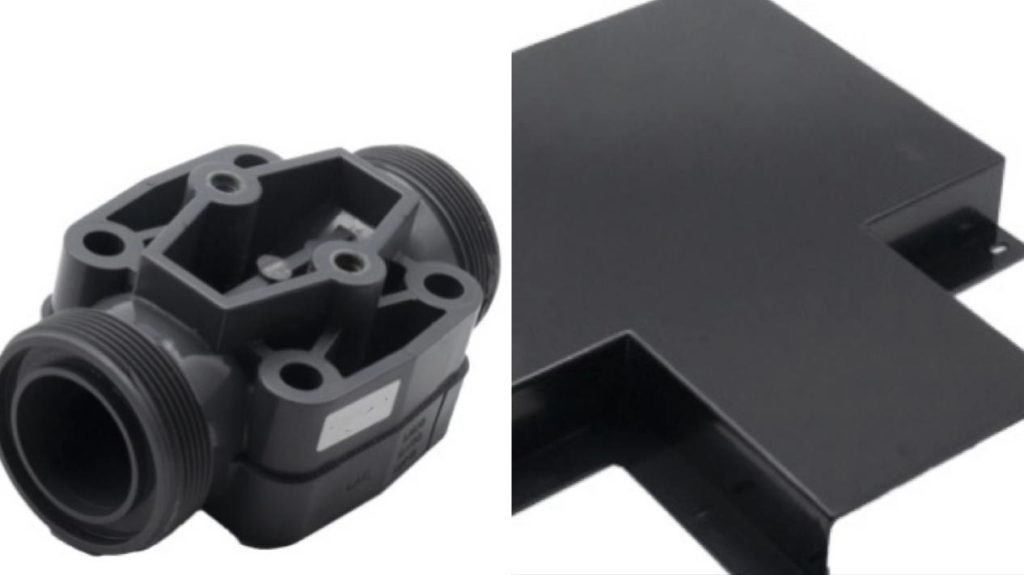
2. Flowability of injection molding materials
2.1 The fluidity of thermoplastics can generally be analyzed from a series of indices such as molecular weight, melt index, Archimedes spiral flow length, apparent viscosity, and flow ratio (process length/plastic wall thickness).
The molecular weight of the material is small, the molecular weight distribution is wide, and the regularity of the molecular structure is poor. The material with a high melt index, long spiral flow length, low apparent viscosity, and high flow ratio will have good fluidity.
The specification must be checked for the same type of plastic to determine whether its fluidity is suitable for injection molding. According to the design requirements of the mold, the fluidity of commonly used plastics can be basically divided into three categories:
a. Good fluidity materials are: PA, PE, PS, PP, CA, polymethyl pentylene;
b. Materials with medium fluidity are: polystyrene series resins (such as ABS, AS), PMMA, POM, polyphenylene ether;
c. Materials with poor fluidity are: PC, rigid PVC, polyphenylene ether, polysulfone, polyarylsulfone, and fluoroplastics.
2.2 Reasons that affect the fluidity of plastics
① The higher the temperature, the higher the fluidity of the material, but the different plastics are also different, PS (especially impact-resistant and high MFR value), PP, PA, PMMA, modified polystyrene (such as ABS, AS), PC, CA, and other plastics fluidity varies greatly with temperature. For PE, POM, the temperature increase or decrease has little effect on its fluidity. Therefore, the former should adjust the temperature to control the fluidity during molding.
② When the injection pressure increases, the molten material will be greatly sheared, and the fluidity will also increase, especially PE and POM are more sensitive, so the injection pressure should be adjusted to control the fluidity during molding.
③ The form, size, layout, cooling system design, the flow resistance of molten material (such as surface finish, the thickness of forehearth section, cavity shape, exhaust system), and other factors directly affect the flow of molten material in the cavity.
If the temperature of the molten material is reduced and the flow resistance is increased, the flowability will be reduced. A reasonable structure should be selected according to the fluidity of the plastic used when designing the mold. The mold temperature, material temperature, injection speed, injection pressure, and other factors should also be appropriately controlled during molding. These can adjust the filling situation to meet the molding requirements.
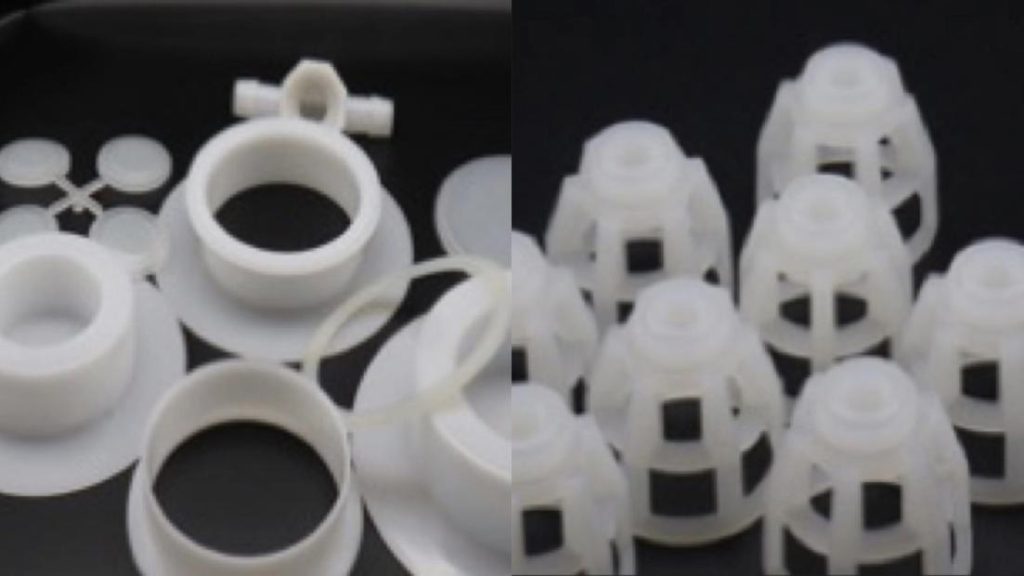
3. Thermal properties and cooling rates of injection molding materials
3.1 Various plastics have different thermal properties such as specific heat, thermal conductivity, and thermal deformation temperature. Plastics with high specific heat require a large amount of heat when plasticizing, and an injection molding machine with a large plasticizing capacity should be used. The cooling time of plastics with high heat distortion temperature can be short, and demoulding is early, but cooling deformation should be prevented after demoulding.
Plastics with low thermal conductivity have a slow cooling rate (such as ionic polymers, etc.), so they must be fully cooled to enhance the cooling effect of the mold. Hot runner molds apply to plastics with high thermal conductivity and low specific heat. Plastics with large specific heat, low thermal conductivity, low thermal deformation temperature, and slow cooling rate are not conducive to high-speed molding. So the appropriate injection molding machines must be selected, and mold cooling must be strengthened.
3.2 Various plastics are required to maintain an appropriate cooling rate according to their types and characteristics and the shape of plastic parts. Therefore, the mold must be equipped with a heating and cooling system according to the molding requirements to maintain a certain mold temperature.
When the material temperature increases, the mold temperature, should be cooled to prevent the plastic parts from being deformed after demoulding, shorten the molding cycle, and reduce the crystallinity. When the plastic waste heat is not enough to keep the mold at a certain temperature, the mold should be equipped with a heating system to keep the mold control the cooling rate at a certain temperature to ensure fluidity, improve filling conditions or control the slow cooling of plastic parts. Prevent uneven cooling inside and outside of thick-walled plastic parts and improve crystallinity.
For those with good fluidity, large molding area, and uneven material temperature, according to the molding conditions of plastic parts, it is sometimes necessary to alternately use heating or cooling or use local heating and cooling together. For this purpose, the mold should be equipped with a corresponding cooling or heating system.
How to choose injection molding products as a supplier?
As a consumer or a business, the production of a large number of defective parts will slow down the production speed of your own products. Only by understanding the reasons for the formation of defects in injection molded products can the parts suppliers not be evaded by some reasons such as “processing and production will inevitably produce a certain rate of failure, which is normal!” when purchasing injection molded products.
Of course, as a buyer, you should pay more attention to the processing capabilities of suppliers who provide injection molding services. Therefore, at the end of the article, I recommend you a good injection molding supplier – JTR. JTR is a service provider specializing in CNC machining and injection molding. JTR is not only one of the most mature manufacturers of injection molding technology in China but is also loved by many customers in the international market. If you need the best injection molding, please contact us.


